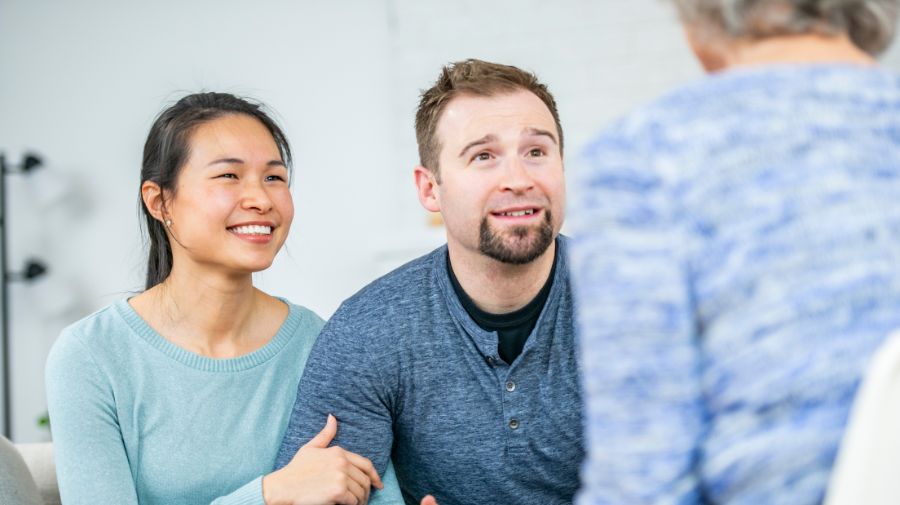What does it mean to be “informed” in a modality?

You’ve probably seen terms like “trauma-informed,” “CBT certified,” or “EDMR specialized” when it comes to different therapeutic approaches. But what do these labels really mean? How do they differ? And why does it matter for your practice and your clients? Let’s break it down.
Being informed is the starting point
When you say you’re informed in a modality, it means you have a basic understanding. You’ve read about it, maybe attended a workshop or two, and you’re aware of the key concepts. You can recognize when this approach might be relevant in your work.
For example, being trauma-informed means you understand how trauma affects people’s lives and behaviors. You know the principles behind trauma-sensitive care. You can apply some of these ideas in your sessions, like creating a safe environment or recognizing trauma triggers.
But being informed doesn’t mean you’re fully trained or certified. It’s a foundation. You’re familiar enough to integrate some aspects, but you might not feel confident using the modality as your main approach.
Training builds comfort and skill
Training takes you beyond understanding as you start to develop competency. It means you’ve completed formal education or structured learning like courses or workshops designed to teach you how to use the modality. You’ve practiced the skills and feel comfortable applying them in your sessions. It’s a step up from being informed because it involves hands-on practice and feedback.
You might not have a certificate yet, but you know the techniques well enough to use them effectively. For example, you might have completed a 20-hour course in EMDR or DBT skills training. You can guide clients through exercises and interventions with confidence.
Certification is where mastery meets accountability
Certification is the next step. It means you’ve met specific standards set by a professional body. You’ve completed required training hours, supervised practice, and passed assessments. Certification shows you have a high level of skill and knowledge. It’s a formal stamp of approval that shows you’ve gone above and beyond to ensure you apply this modality with expert precision.
When you’re certified, you’re comfortable and competent. You can use the modality independently and with confidence. You might also be able to market yourself as a specialist in that approach.
For example, a certified trauma therapist has demonstrated expertise in trauma treatment beyond basic training. You’ve invested time and effort to reach this level, and it shows in your work.
This level of engagement often comes with ethical guidelines, continuing education, and a community of practice. It’s a commitment, not just a credential.
Specialization is your primary modality
The APA defines a specialty as “a defined area of professional psychology practice characterized by a distinctive configuration of competent services for specified problems and populations.” Specialization means the modality is your main approach. It’s the lens through which you do most of your work. You’ve likely been certified or extensively trained, and you use this modality regularly. Most of your work draws from this modality, and you’ve built your practice around it. It’s not just a skill; it’s central to how you work and grow professionally.
If you say you’re a CBT therapist, for instance, it means CBT is your primary tool. You rely on it to guide your treatment plans and interventions. You know it deeply and can adapt it to different client needs.
Your choice of specialty often reflects both a passion for the approach and a deep commitment to its methods.
You can specialize in multiple modalities, and some therapists find that combining multiple frameworks works well for them. For example, psychoanalytic therapy and CBT are a popular combination.
Why these distinctions matter
Understanding these differences helps you set realistic goals for your professional growth. It also helps clients understand your expertise. When you say you’re trauma-informed, clients know you’re aware and sensitive to trauma but might not specialize in trauma therapy.
Using the right language helps you communicate your approach without overpromising, which builds trust. It also helps you track your own growth. Maybe you’re trauma-informed now, but planning to pursue certification in the next year. That’s a meaningful trajectory.
It also means that you’re building knowledge step-by-step, without burning out. You might start by being informed to spot issues early, then move to training for more confidence. This progression keeps you centered on your clients while respecting your limits. And if you realize a modality isn’t for you, it’s better to find that out before spending time and money on training.
Quick summary
- Informed: You’ve done the research. You can apply some concepts. You’re aware and intentional.
- Trained: You’ve completed formal instruction. You’re comfortable using the modality.
- Certified: You’ve demonstrated competency. You’re accountable to a standard.
- Specialized: This is your primary modality. It shapes most of your clinical work.
What’s next?
You can start by reflecting on the modalities you’re currently informed in. Where do you want to deepen your expertise? Are you informed but not trained? That’s okay, it’s a strong start. Begin by reading accessible resources. Then, seek formal training through reputable organizations. If certification feels right, pursue it to further your skills.
You can also update your bio and website to reflect your skill level. This can help you not only market yourself to clients with specific needs, but also to other professionals who may want to refer their own clients to specialists, or even to other professionals who are familiar with their client’s preferred modalities.
You don’t have to be certified in every approach to be effective. But knowing where you stand helps you provide the best care possible. Ongoing learning is part of being a thoughtful, helpful therapist, but it’s important to do it sustainably. When you build your knowledge intentionally, you’ll feel more equipped and energized in your work. Your clients will notice the difference.






